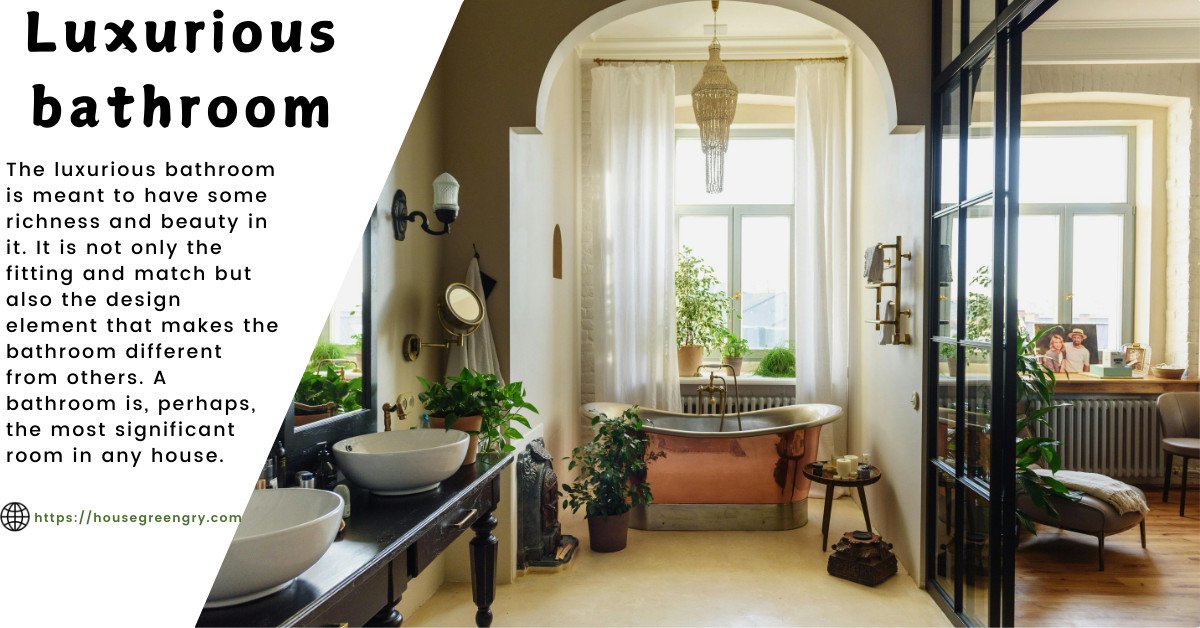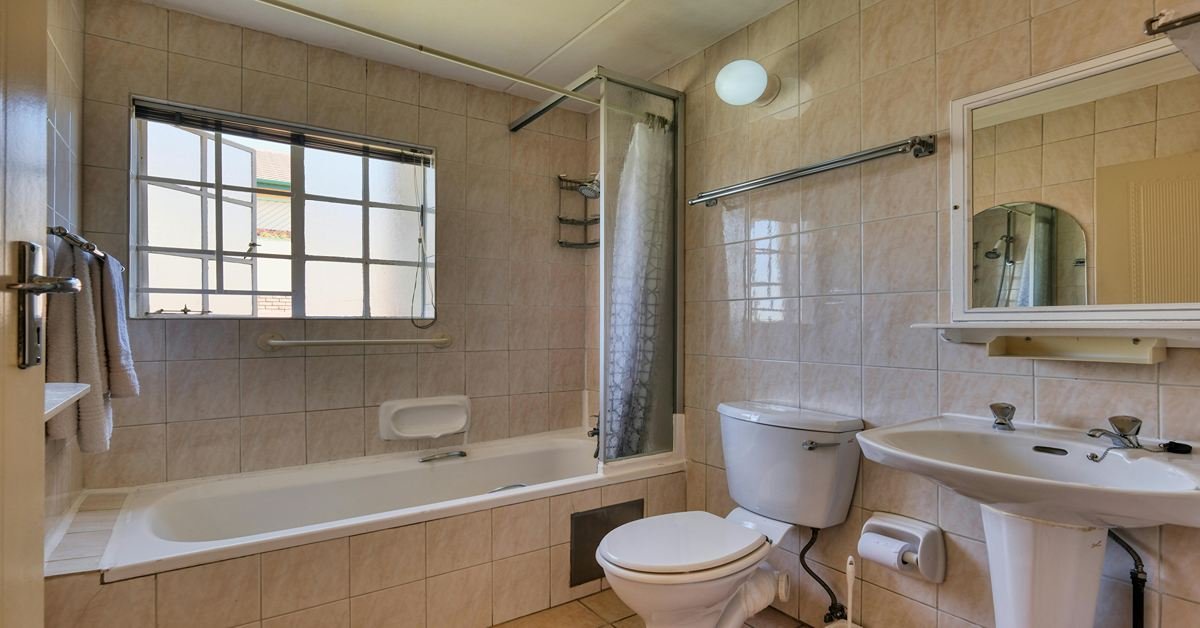Table of Contents
Toggle
Table of Contents
ToggleHouse Plants
House plants do not want to live indoors. Since the Victorian plant collectors brought home the exotic tropical specimens, we have coaxed warm-climate natives to thrive inside our homes. The key to keeping a houseplant alive is to recreate the natural zone where it grew naturally by giving it the kind of humidity, light, and water preferred by a houseplant. Most houseplants are either tropical or succulent. The number-one best-selling houseplant of the last decade had been the fiddle-leaf fig, which is much more adapted to standing wild in a West African rainforest than sitting in your living room.
Historical background of house Plants
Paintings and sculptures reflect that this indoor growing tradition predates at least as far back as the early Greeks and Romans who cultivated in pots and, most likely, brought them into their houses. The older civilizations of Egypt, India, and China also made use of pot plants but primarily out of doors in the courts as adjuncts of the house itself; and the Japanese for generations have carried on the custom of tree dwarfs and other house ornamentals.
Interior plants, Swedish ivy, Indoor flowers, Inside plants, houseplant shop. However, popular art in houseplant growing received little comment until the 17th century, when in the Garden of Eden (1652) Sir Hugh Platt, an English agricultural authority, wrote about the possibility of cultivating plants indoors.
Not long afterward, glasshouses and conservatories, hitherto used during Roman times to force flowers, were erected in England and elsewhere for sheltering exotic plants. Floor plants, Greenhouse sale, Houseplants, Indoor plants. Books began to emerge in mid-19th-century England and France that discussed growing plants in domestic houses, and using glass cases filled with plants in enclosures became the fashion.
House Plants Care Guide
Growing house plants is a good way to beautify your home and purify the air. Most houseplants are tropical plants, and care for tropical houseplants can be very different, but there are a few general rules of thumb for indoor houseplant care. Read on for the basics of how to take care of houseplants. Here are the basics of houseplant care to get you started.
Light: Indoor houseplant care requires sufficient lighting. The appropriate amount of light will depend on your houseplants’ needs, and this can often be found on the tag accompanying the plant. If it’s a houseplant given to you, ask what kind of lighting the houseplant needs. Generally, houseplants need either high, medium, or low light. Beyond this, a houseplant may need direct light or indirect light.
Water: Water is essential in growing houseplants. You are supposed to water a houseplant only if the top of the soil feels dry. Indoor houseplants, Cool houseplants, Cheap houseplants, Buy houseplants, Best houseplants. Most of the care for houseplants indoors goes along with watering in this way.Only a few houseplants can wait until the soil is bone dry before watering, such as succulents and cacti. Some need to be constantly moist. Special watering needs for houseplants will be noted on the tag when you purchase them. If no special instructions are included on the tag for watering, then you can stick to the “dry to the touch” rule for watering care for houseplants.
Fertilizer: They can be fertilized in one of two ways for houseplant maintenance. The first is through water, and the other is through slow-release fertilizer. It depends on you which one you use for growing houseplants. Both work well. When you fertilize a houseplant with water, you will add a water-soluble fertilizer to the plant’s water about once a month in warm weather and once every two months in cooler weather. Easy houseplants, Pink houseplants, Fern houseplants, Small houseplants, Hanging pothos. It will last for a long period, though slow release; so apply slow-release fertilizers in two or three-monthly installments to the soil.
Temperature: Since most houseplants are, in fact, tropical plants, they cannot tolerate any form of cold. The care for tropical houseplants dictates that the houseplants should be kept in rooms that are between 65 and 75 degrees F. (18-21 C). These are the temperatures that most houseplants prefer to live in. Though still quite possible, however, many houseplants can survive at temperatures as low as 55 degrees F. (13 C), but they won’t live long at this temperature.
Types of house plants
There are thousands of tropical and subtropical plants that can tolerate being grown indoors. While some fussy exotic species do well only in a humid conservatory or glass-enclosed terrarium, many species have been introduced that can tolerate adverse conditions of dry heat and low light intensity which prevail in most houses. These two sections are comprised of even more widely grown house plants, including foliage plants many of which are also noteworthy for their flowers, and flowering plants species grown mainly for their flowers.
Foliage plants
The most commonly known are the philodendrons in the aroid family, which have given long-lived house plants. They are handsome tropical American plants that are usually climbers with attractive, leathery leaves, heart-shaped, and often cut into lobes. Monstera deliciosa, or Philodendron pertusum, the Swiss cheese plant, boasts showy, glossy, perforated leaves that are slashed to the margins. Dumb canes, genus Dieffenbachia, is an attractive and flowering species in a few kinds.
They make handsome tropical foliage plants usually sporting variegated leaves; they can tolerate lots of neglect and even thrive indoors in dry rooms. Chinese evergreens belong to the Aglaonema species. They are fleshy, slow-growing herbs coming from tropical regions of Asia. Leaves are leathery and feature silvery or color patterns. Resistant to harsh conditions, they can tolerate indoor environments.
Snake plant
Long known as mother-in-law’s tongues the snake plant, or Sansevieria trifasciata, features upright leaves of remarkable height. Beautiful and low-maintenance, say experts at HGTV, this houseplant is great for water hogs. Water the plants only when the soil feels dry to the touch they grow in any light and thrive on neglect, say experts at HGTV.
Some house plants are show-stoppers in terms of mental health and emotional well-being, according to Nussman-Berry. Such as low-maintenance the snake plant many have them only for their prowess in purifying the air. The snake plant was part of the same overall NASA study regarding indoor plants, removing toxins from indoor air over time too. Bonus – they look like a great thing to add a kitchen windowsill.
Spider Plant
Spider plants, or Chlorophytum comosum, are easy to grow and care for. If reading the word spider in the name is giving you the creeps, don’t worry. These plants have narrow leaves and get their name from the “small plantlets produced on long trailing stems that vaguely resemble spiders,” according to the University of Wisconsin-Madison Division of Extension.
It is asserted that spider plants purify the surrounding air. An experiment conducted by NASA on the leaves, soil, roots, and microorganisms of different house plants revealed the potential for plants to filter pollutants from the air naturally. The study has shown that the spider plant removed 95% of toxic formaldehyde from the air in a sealed Plexiglas container in 24 hours.
Rubber Plants
Rubber plants, another name for them being rubber trees or Ficus elastica are great indoor house plants. According to materials from The Sill they don’t take much care to be given rather they need simply watering once or twice a fortnight. Again, according to a study, it has been told that rubber plants have air-cleaning properties. They should remain strictly out of reach of every pet and infant as they prove to be deadly poisonous if they are ingested.
Advantages of House Plants
Plants Purify the Air: Studies have revealed innumerable positive impacts of domesticated plants indoors. They filter indoor air, removing popular airborne toxins and pollutants. Many people live in densely populated, poorly ventilated apartments and constantly breathe in pollution. While plants will purify the air, six to eight medium- to large-sized indoor plants in a room may do a great job of uplifting your house’s air quality. Plants like Snake plants and ZZ plants are great air purifiers. Read more about the Best Air Purifying plants.
They Boost Your Attention Span: This tiny experiment, from MDPI, included 23 student participants. The scientists used all the students to study under a real plant, a plastic plant, a picture of a plant, or nothing. It found that students studying with real plants became more attentive and could focus better than other students. Indeed, plants enhance your ability to pay attention.
Plants Give You a Sense of Accomplishment: The American Society for Horticulture Science did research in which participants were taught how to care for their plants at home. The results of the study showed that this improves the quality of life of the participant. This may be because of the feeling of accomplishment. Large indoor plants, plant stand indoor, Indoor house plants, Best indoor plants. Any time that we do it ourselves, it comes with a feeling of accomplishment that gives us confidence.
Plants Are Good Home Decorations: Besides their health benefits, it is attractive for the fact that they provide great home décor. Eureka Farms offers the biggest collection of low-light plants, which grow very fast in even the tiniest nook of your house. Why not decorate your house with live plants bearing several benefits rather than artificial gifts that gradually lose their glow with time?
They Might Give You Job Satisfaction: That’s amazing but true! The research found that workers who reported working in some sort of anchored office space said there was an office plant and people were exposed to sunlight. They also tended to work harder and enjoy their jobs more. Unique houseplants, Houseplant sale, House flowers, Happy houseplants, Erommy greenhouse. The work pressure was almost the same for all, yet the plants helped reduce mental stress and anxiety. Thus, this Above study shows the added advantages of houseplants. Learn more about the psychological benefits of plants.
They Help in Reducing Noise Pollution: Another positive benefit of house plants is that they absorb, reflect, and deflect sound by reducing noise pollution. Ever wondered why forests are so silent? This is mainly because there are a lot of plants and trees around. You may be living in a house near the main road. A few big plants on the balcony or in front of the house can cause a high variation in noise pollution.
For more information click here >> House plants <<











